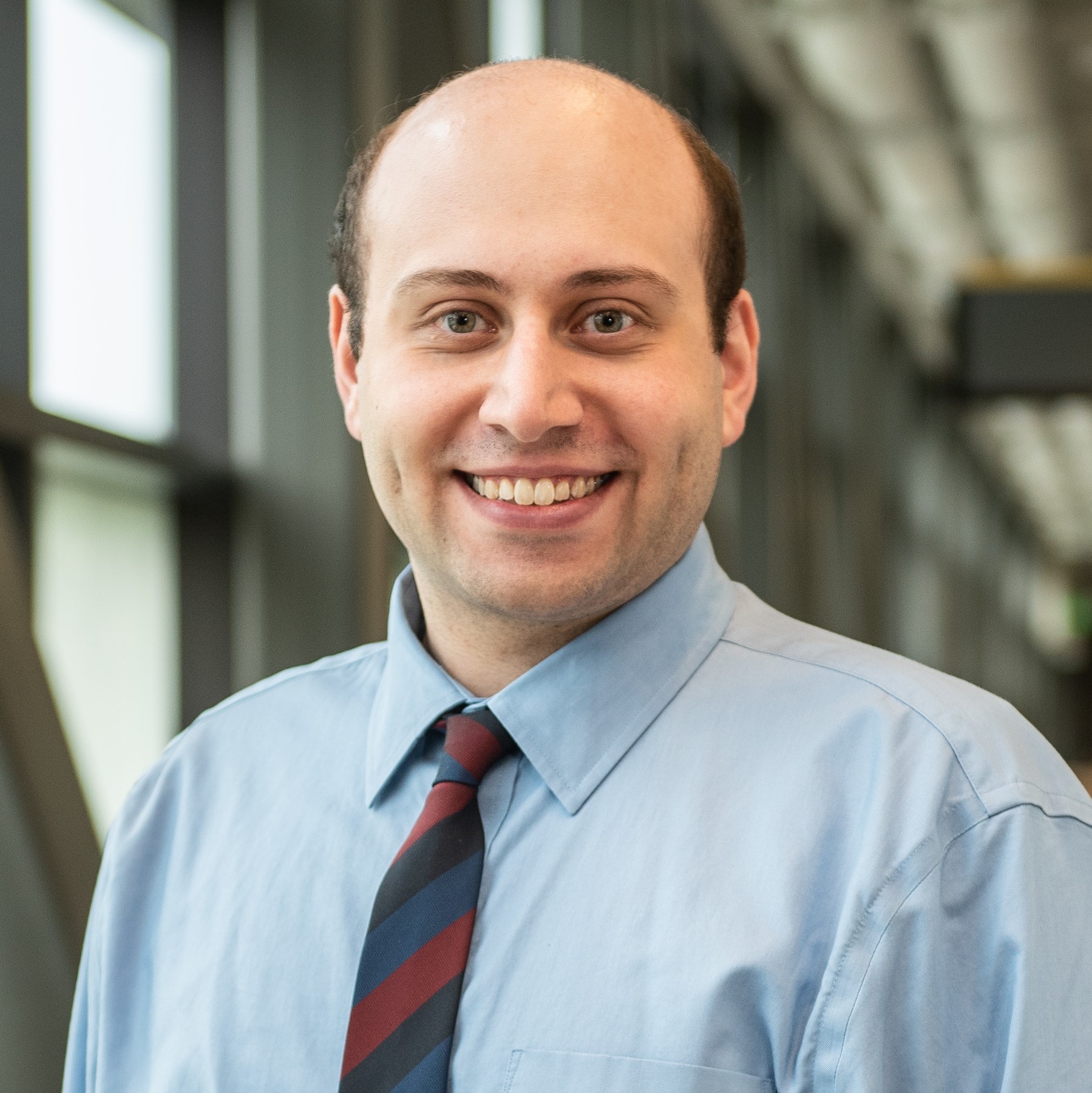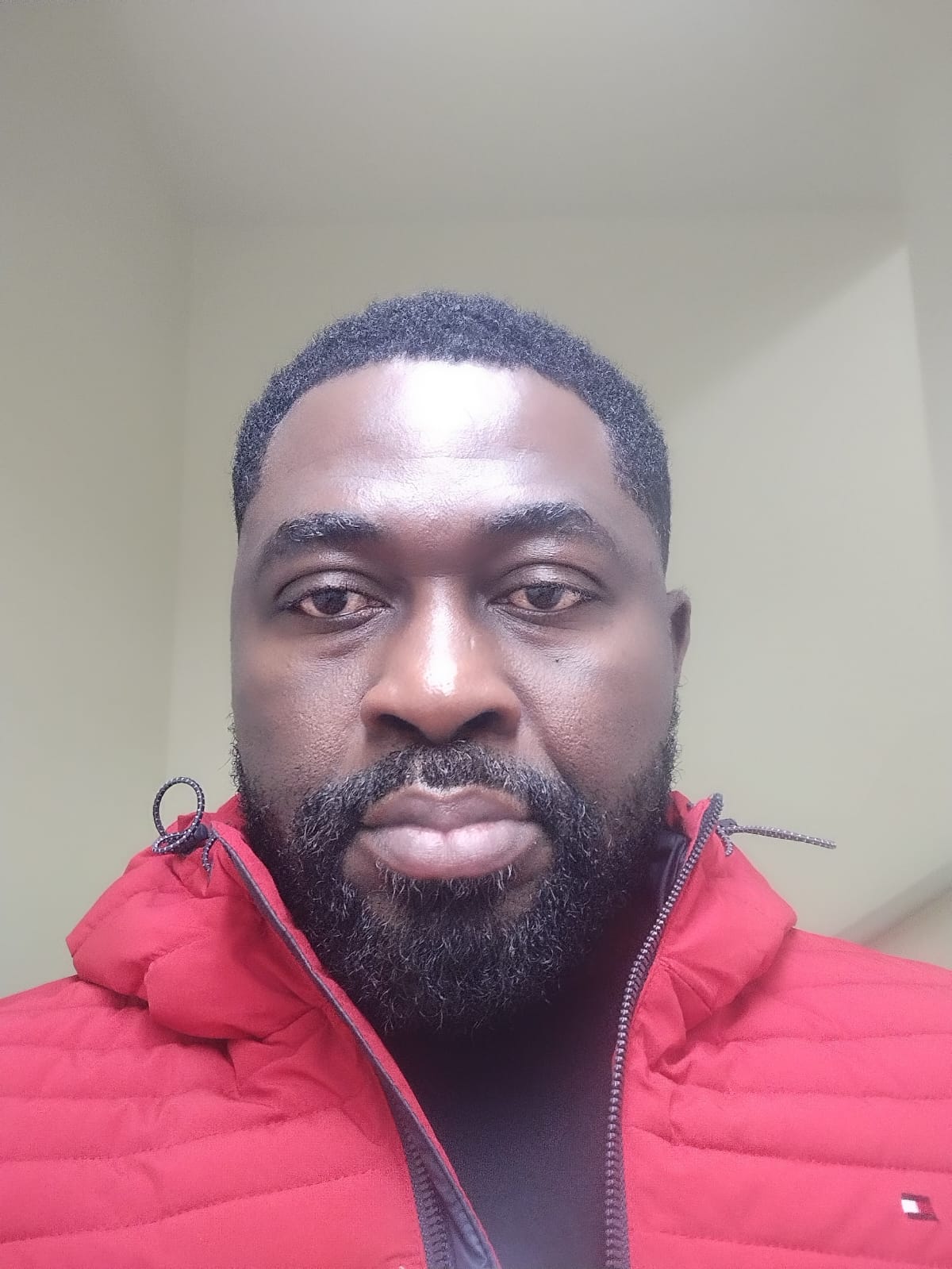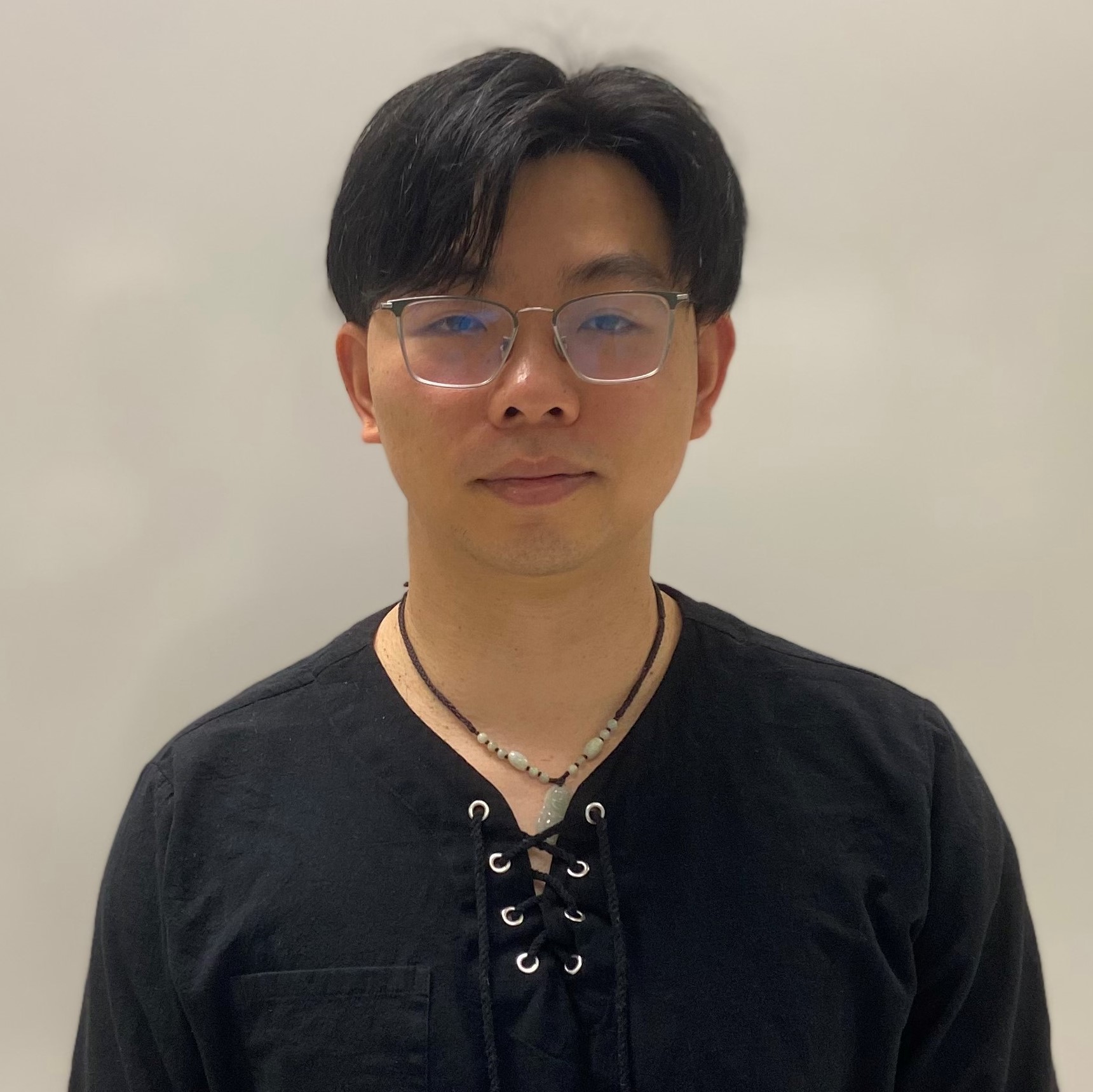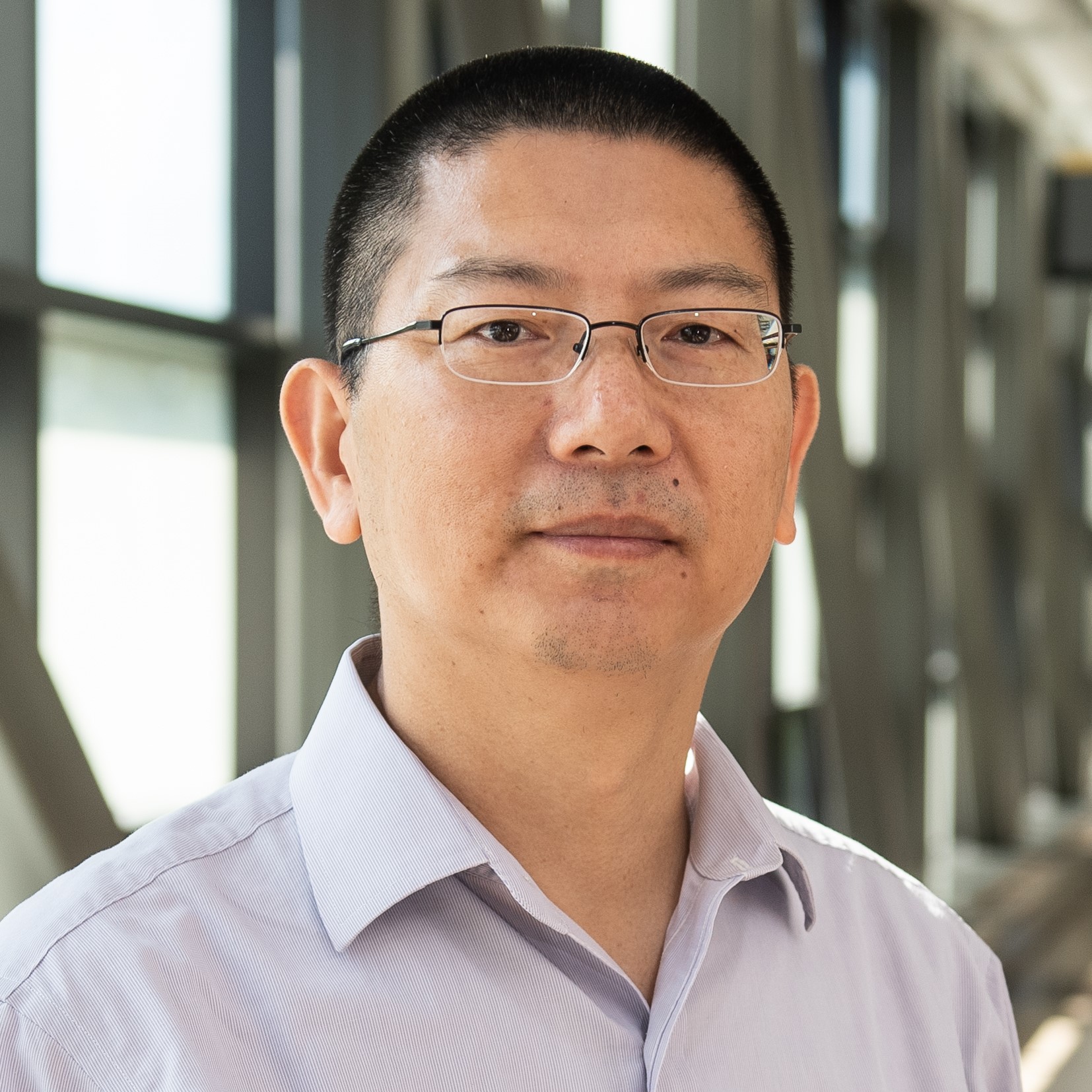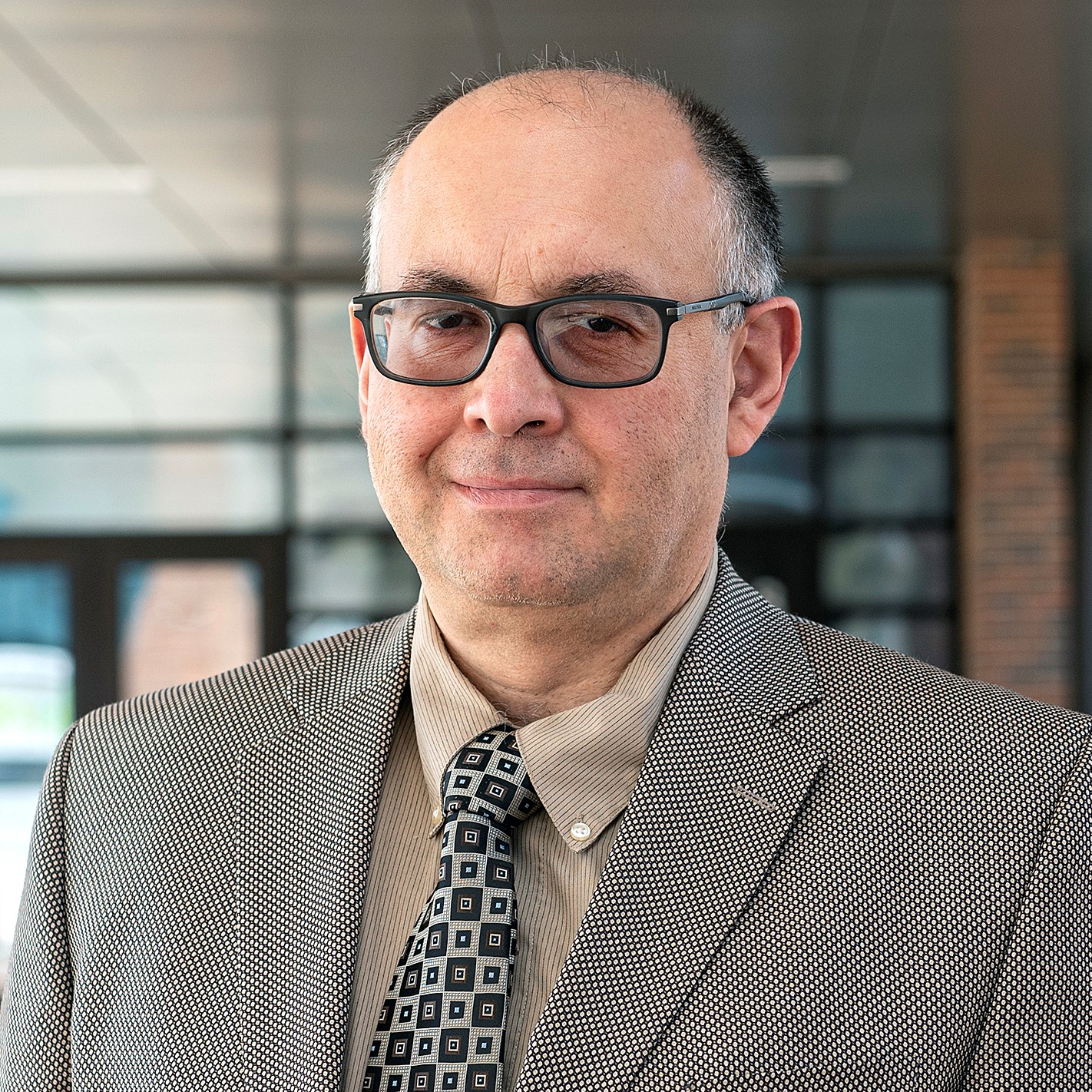Mission Statement
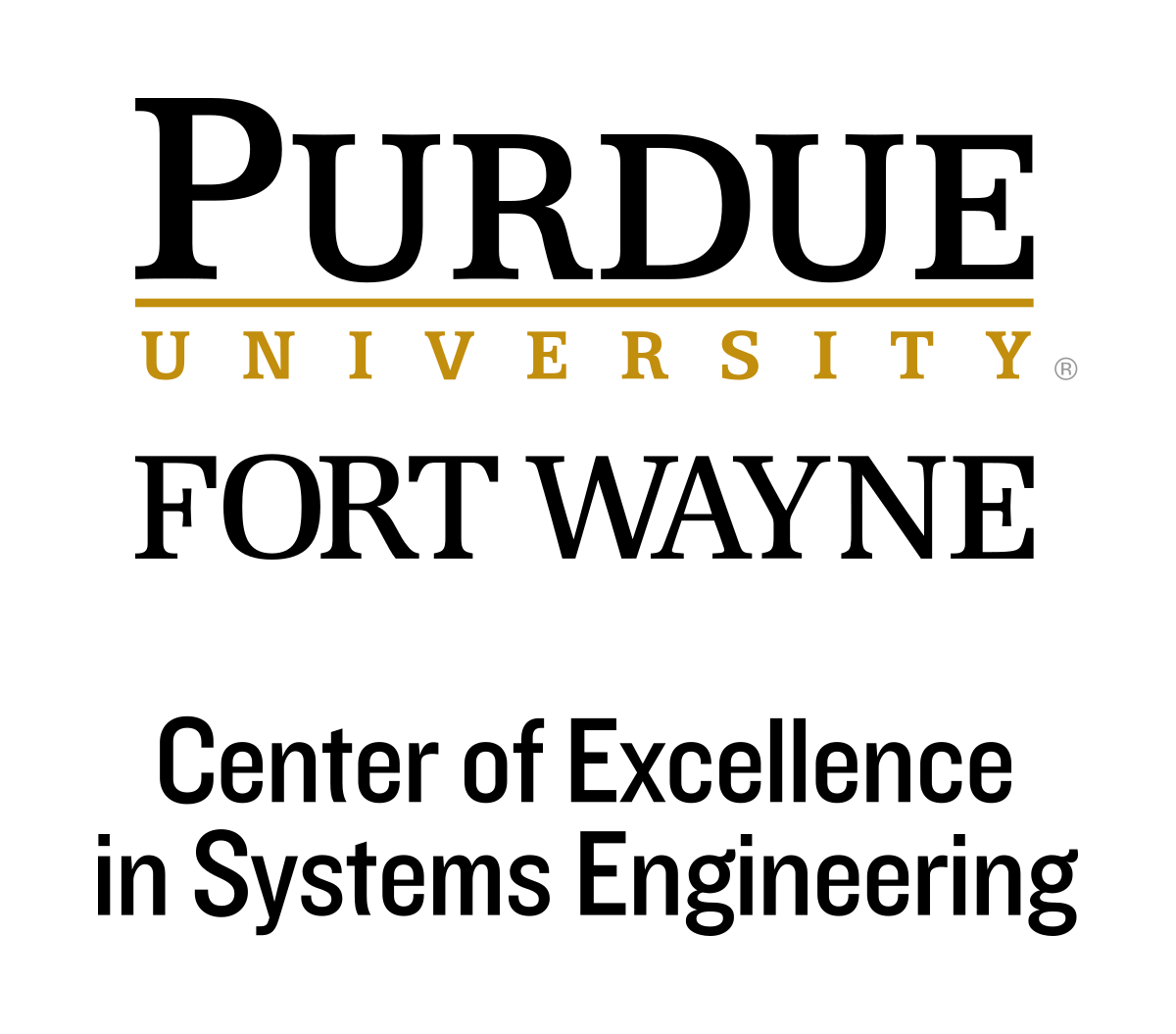
The Purdue Fort Wayne Center of Excellence in Systems Engineering supports the strategic plan of the university through its mission to achieve the following functional requirements:
- Offer students an education in systems engineering that enables them to develop superior products and to lead enterprise change
- Provide the industries and enterprises of northeast Indiana with the leadership and systems engineering capability to sustain and grow their businesses
- Serve as a conduit between students and industry for research, enterprise improvement, and employment opportunities
-
Vision of the Center
Vision of the Center
The Purdue Fort Wayne Center of Excellence in Systems Engineering will be nationally and internationally recognized for its programs which promote research, publication, collaboration, and industrial application. The center will also be a leader in demonstrating that systems thinking applies to all enterprises, from manufacturing to healthcare to defense systems and education.
-
Goals Moving Forward
Goals Moving Forward
The goals for the center are taken directly from our mission and vision statements:
- Educate students with our signature master's degree program in systems engineering
- Engage enterprises with a design process for sustainability
- Connect students and industry with research, collaboration, and employment opportunities
- Pioneer advancements in the field of systems engineering
Here are our two relevant, long-term measures:
- Receive national recognition for the university’s engineering programs
- Develop state-of-the-art laboratories which are involved in continual engagement with students and industry
-
Systems Thinking
Systems Thinking
Systems thinking recognizes that the whole manufacturing system, or any system, is greater than the sum of its parts. Systems thinking is a mindset and an approach to improvement that requires us to see that optimizing piece parts of a system does not improve the overall system.
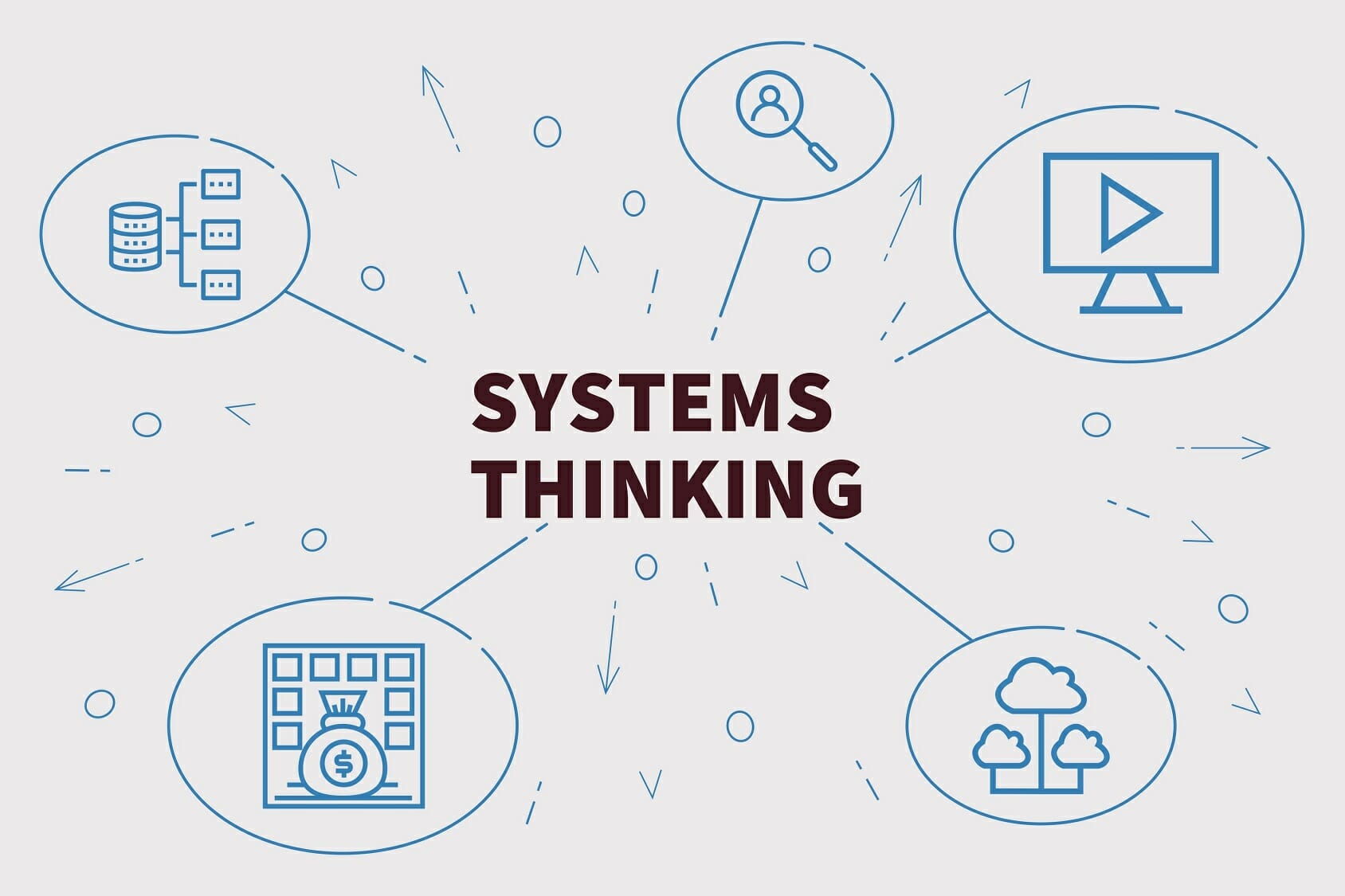
Source: corporatefinanceinstitute.com
Rearranging the deck chairs on the Titanic comes to mind as an example of making piece parts improvements. Kaizen is the Japanese word for continuous improvement. Point Kaizen, or improvement, may fall into the trap of making improvements that do not impact the whole of the system. System design on the other hand focuses on the flow and way that an enterprise delivers value to its customers.
So why do we tend to optimize the parts instead of the whole? And what is the result on society? It's easier to optimize the parts and we do not have a language to describe how to improve an overall system. Instead, we have traditional management accounting that steers us to evaluate and to optimize parts of a system.
It falsely claims that we can optimize and improve a system by summing up the individual improvements to parts of a system.Systems thinking and system design are what lead to true systems improvement.
For more information about our applied research opportunities, download our systems engineering booklet.
Faculty and Staff

.jpg)

Graduate Student Researchers


